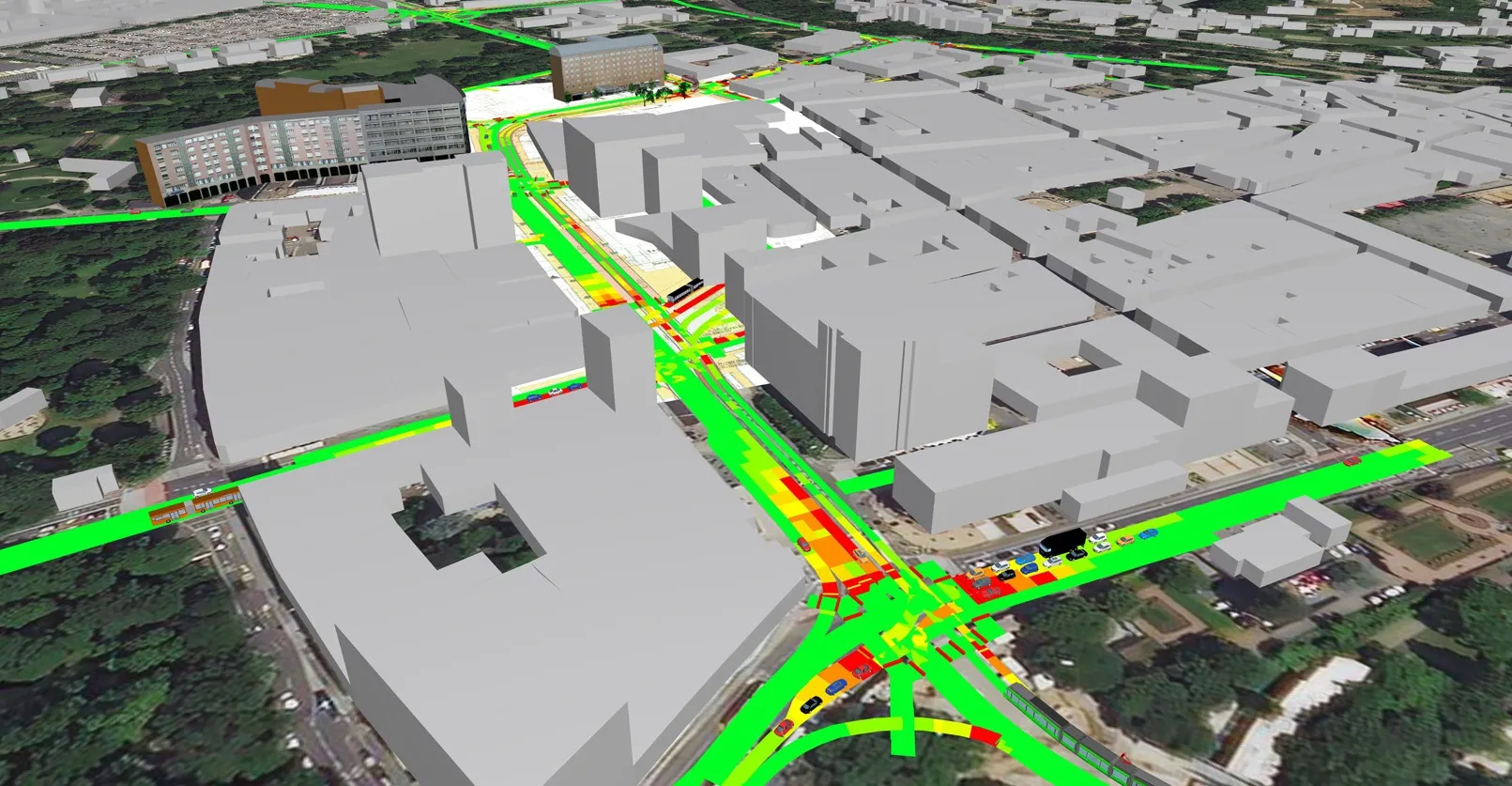PTV Group has been appointed as one of the framework contractors for three years to provide tactical and microsimulation operational modelling software to Transport for London (TfL).
TfL uses PTV Visum operational software for the development of the Operational Network Evaluation (ONE) model, a tactical highway assignment model for London, said to be the largest of its type in the world. An earlier version of the ONE model, covering the central London road network, was successfully used for the operatio
October 8, 2015
Read time: 2 mins
TfL uses PTV Visum operational software for the development of the Operational Network Evaluation (ONE) model, a tactical highway assignment model for London, said to be the largest of its type in the world. An earlier version of the ONE model, covering the central London road network, was successfully used for the operational modelling of the Olympic Route Network for the London 2012 Olympic Games. The ONE model is currently being expanded by TfL to cover the geographical area of London within the M25 orbital motorway.
TfL also uses PTV Vissim microsimulation modelling and is currently developing a whole suite of microsimulation models for the Transport for London Route Network (TLRN), including 23 key road corridors that play a strategic role in London’s road network. The corridor models are being used by TfL to assess the operational capacity and performance of the road network, the impact of proposed developments and infrastructure schemes, as well as measure corridor journey time reliability. TfL has developed an award winning UTC-Vissim interface which is used to carry out simulation of the adaptive traffic signal control system, SCOOT.
The models are also being used by TfL to support the design of the Cycle Superhighway routes across central London and assess their impact on traffic operations. TfL has integrated Vissim microsimulation output into high quality 3D visualisations.
According to Vladimir Vorotovic, lead modelling specialist at TfL, the great advantage of adopting a single, integrated, multi-level platform for simulation modelling is that TfL increases its efficiency and consistency, ensuring that surface transport offers a coordinated approach to scheme evaluation.










